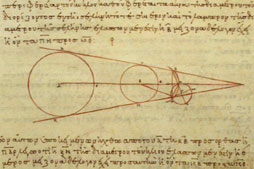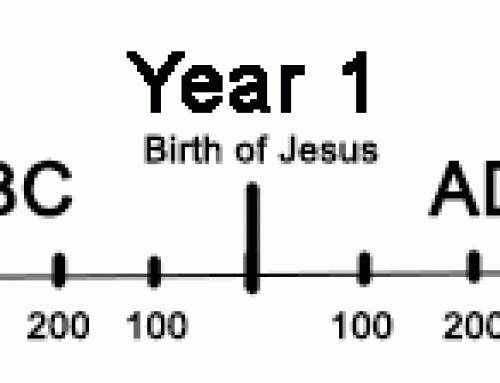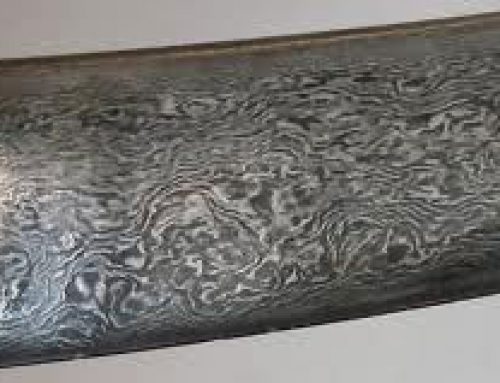
A copy of Aristarchus of Samos’ work on parchment from Constantinople, about 950 AD. It shows the relative sizes of the sun, the Earth, and the moon
Aristarchus of Samos
The astronomer Aristarchus, who was born on the Greek island of Samos around 310 BC, spent most of his life working at the University of Alexandria in Egypt.
More about the University
More Egyptian science
History of astronomy
All our Ancient Egypt articles
Aristarchus is the first person we know of who suggested that the earth might go around the sun and not the other way around.
More about the earth’s orbit
The earth goes around the sun
Aristarchus figured out that the earth went around the sun by looking at the shadow of the earth on the moon during an eclipse of the moon (now that Thales had shown how to predict eclipses and Anaxagoras had shown how eclipses worked). He used Euclid’s geometric theories, and his own, to do his calculations.
Eclipse of the moon
Who was Thales?
What did Anaxagoras do?
How about Euclid?
Some scientists at the time thought this was ridiculous, and instead followed Aristotle’s idea that the sun went around the earth. But others followed Aristarchus. First Archimedes, and then al-Ghazali and other Islamic astronomers took Aristarchus (arr-iss-TAR-kuss) seriously.
More about Archimedes
And al-Ghazali
Medieval Islamic astronomy
The stars must be very far away
Aristarchus also used the work of Eratosthenes to figure out the size of the moon, and to calculate that the sun had to be a lot bigger than either the earth or the moon (though he didn’t get the sizes right because he didn’t have a good telescope).
What did Eratosthenes do?
How far away are the stars?
Aristarchus also realized for the first time that the stars must be very far away, much farther than the sun or the moon, but again, he couldn’t prove it without a good telescope.
Learn by doing: the earth-sun-moon dance
More Greek ideas about the Earth and the Sun
Bibliography and further reading about Aristarchus:
Greek and Roman Science, by Don Nardo (1998). Nardo has written a lot of good books about the ancient world for kids; this one is no exception.
Ancient Science: 40 Time-Traveling, World-Exploring, History-Making Activities , by Jim Wiese (2003). Activities, as the title says – how to make your own sundial, and so on. The author is a science teacher.
Early Greek Science: Thales to Aristotle, by Geoffrey Lloyd (1974).
History of Greek Mathematics: From Aristarchus to Diophantus, by Thomas L. Heath (1921, reprinted 1981). A lot of Euclid, but also describes who the other major Greek mathematicians were and what they did.
Episodes from the Early History of Mathematics, by Asger Aaboe (1997).




